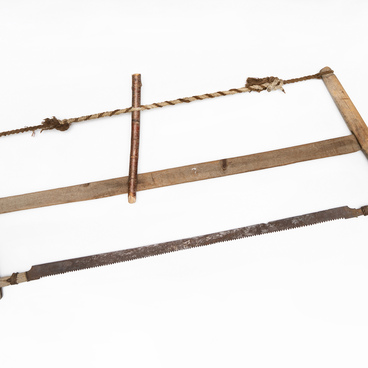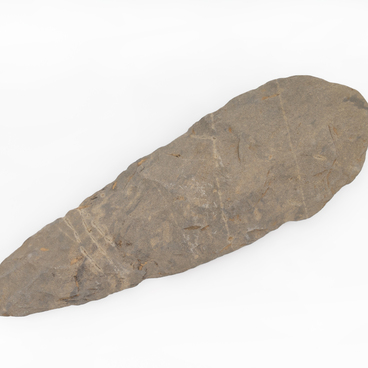Such anthropomorphic sevhens are united into three large groups: Ayami, Masi-Dyuli and Gorodo sevhens. The wood of certain tree species was selected for the manufacture of different groups. One of the important patron spirits of shamans were the sevhens of the Ayami group. The word “ayami” has the same root as “aya” and means “kind”, “healthy”. The craftsmen followed the tradition when creating the idols: Ayami sevhens with a triangular top indicated belonging to the female sex, with an oval or flat one — to the male.
The sevhens of the Masi-Dyuli group were made exclusively from larch, which, according to the views of the Nanai people, was the tallest and most durable tree. According to ancient beliefs, larch provided a possibility to communicate with all the worlds. Masi-Dulis acted as patrons of the clan, family, and possessed divine power. They were passed down from generation to generation, so the durability of the wood was of great importance.
The peculiarities of the Amur region landscape influenced the beliefs of indigenous peoples. The great reverence of the Masi sevhens is evidenced by the fact that in every house they were placed in the most honorable place against the wall at the back of the house, opposite the entrance. The sevhens of the Masi group have always had large sizes and rough shapes: the image should have been unrecognizable so that an evil spirit could not possess an ancestor and cause trouble to a person.
This exhibit as part of the ethnographic collection was transferred from the Far Eastern Art Museum to the Museum of Local Lore in 1967. It was purchased from Chemchek Onenko from the Naikhin encampment in 1937. The craftsman of this ritual sculpture is unknown.







